Vintage Tribal Kilim Runner 2' 9" x 10' 2" (33" x 122")
Type:
Kilim RugsCollection:
Tribal RunnersID:
K0077508Size:
Material:
The designs feature a rich array of symbols representing tribal culture and Anatolian motifs, often in the form of medallions, diamonds, and other geometric shapes.
The designs feature a rich array of symbols representing tribal culture and Anatolian motifs, often in the form of medallions, diamonds, and other geometric shapes. These kilim runners are ideal for hallways and narrow spaces, offering a touch of ethnic charm and artisanal quality to any interior.
Herki kilims not only serve as functional floor coverings but also as artistic expressions of tribal identity, making each rug a unique cultural artifact.
Design Elements
- Pattern Layout: The kilim features a symmetrical design that creates a sense of order and harmony. The repeating motifs draw the eye along the length of the runner.
- Motifs: Central diamond shapes are prominent, surrounded by arrow-like figures and geometric forms. These motifs contribute to the rhythmic quality of the design.
- Texture: The flat weave of the kilim enhances its visual and tactile qualities, while allowing the intricate patterns to stand out without overwhelming them.
- Borders: The kilim includes decorative borders that frame the central design, providing structure and emphasizing the main motifs.
Colors
- Warm Earth Tones: The kilim is predominantly crafted in shades of terracotta, sandy beige, and warm browns, which convey a rustic, earthy feel.
- Vibrant Accents: Bright colors like rich oranges are interspersed, bringing energy and liveliness to the piece.
- Cooled Hues: The use of gray tones contrasts the warm colors, adding depth and sophistication to the overall composition.
- Color Harmony: The interplay of warm and cool colors creates a visually balanced piece, enhancing its appeal from any angle.
Symbolism of Main Motifs
- Diamond Shapes: Often symbolize strength and protection, representing the unity of family or community. This shape is a common motif in various tribal cultures, signifying both stability and balance.
- Geometric Patterns: Reflect the connection between the natural and spiritual worlds, often interpreted as a representation of the universe's order.
- Color Symbolism: The warm tones suggest vitality and warmth, while cooler tones may reflect tranquility and wisdom.
Summary
This vintage tribal kilim runner showcases a harmonious blend of bold geometric patterns and a warm, vibrant color palette. The design elements include symmetrical layouts and diverse motifs, which together serve to convey themes of strength, guidance, and connection to nature. The symbolism behind the motifs enriches the aesthetic appeal, making this kilim not only a decorative piece but also a meaningful representation of cultural heritage.
- Ships in 1-4 business days
- Only one in stock, handmade, unique
- Free shipping via FedEx Express. Easy returns
- Contact us or add a note to your order if you want us to delay your shipping.
- Request more info if you want this rug shorter or narrower
Colors may appear slightly different across various monitors due to screen settings device differences, and external lighting conditions. If color accuracy is important for your space, we recommend viewing the rug on multiple devices or contacting us for a detailed color description. We can provide detailed photos and references using Sherwin-Williams, Benjamin Moore, Pantone, or even Crayola crayons.
You can also visualize most of our products in your own room with AR (augmented reality) on an iPhone or iPad.
Return Policy
Need a rug pad? We recommend RugPadUSA
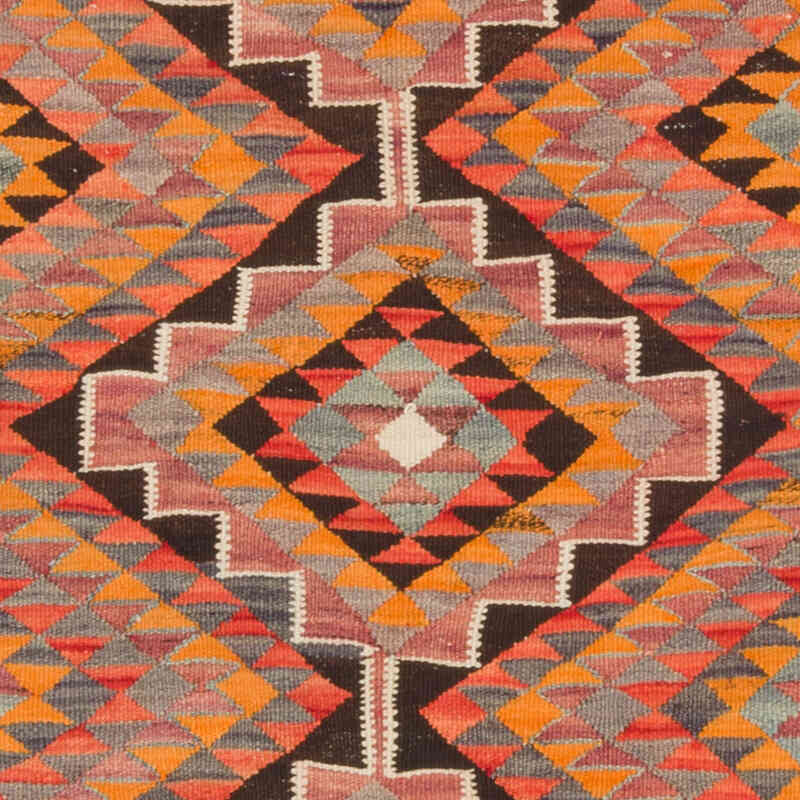
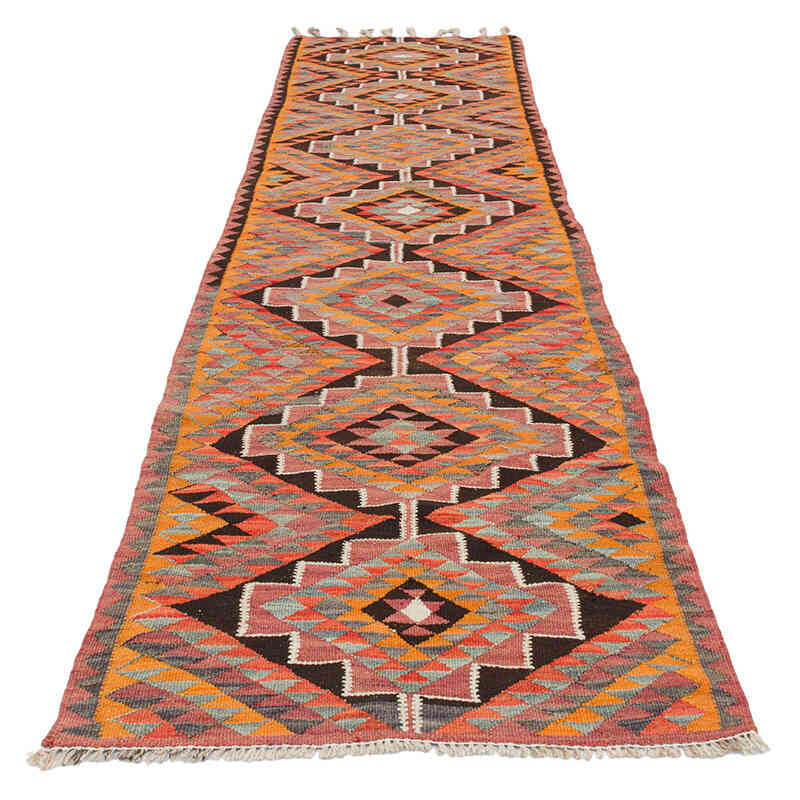
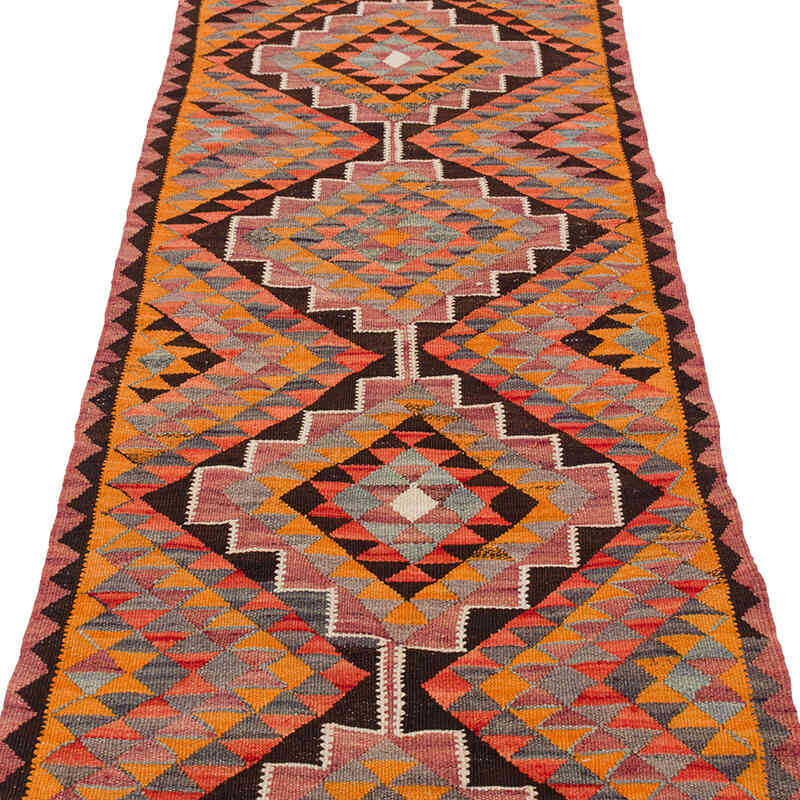
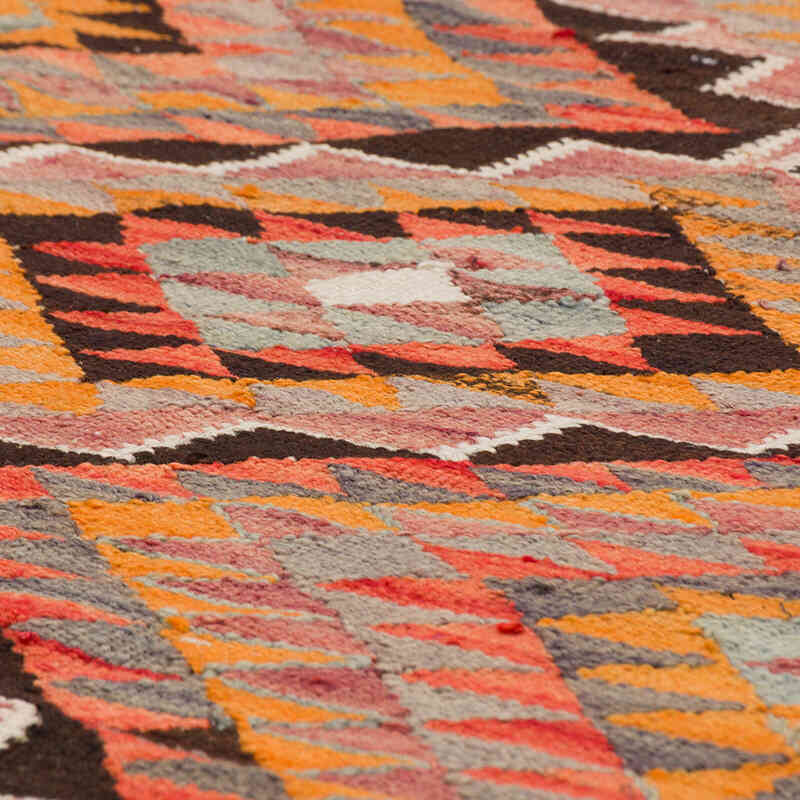

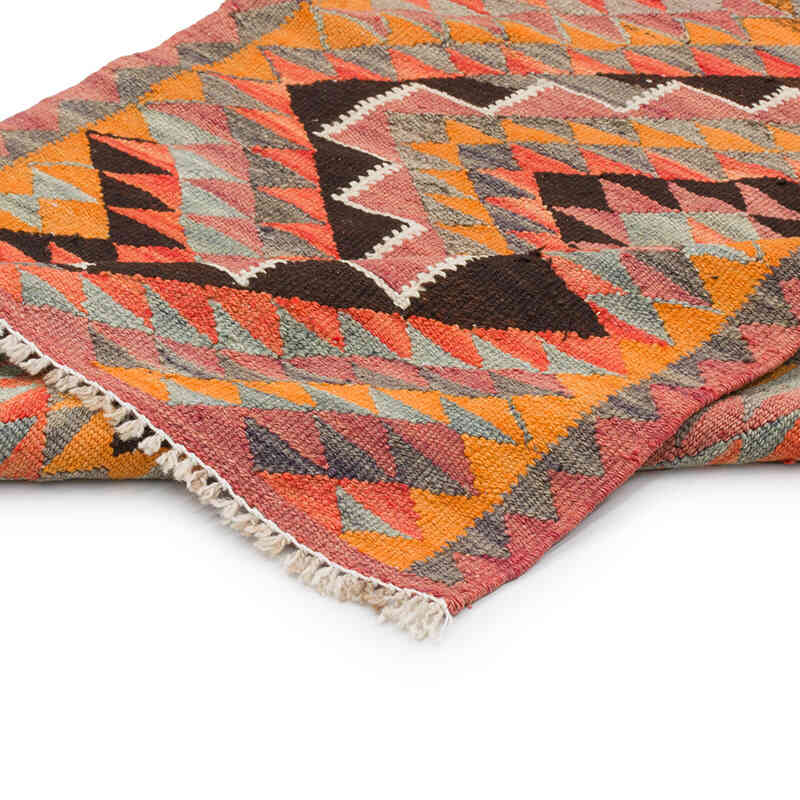
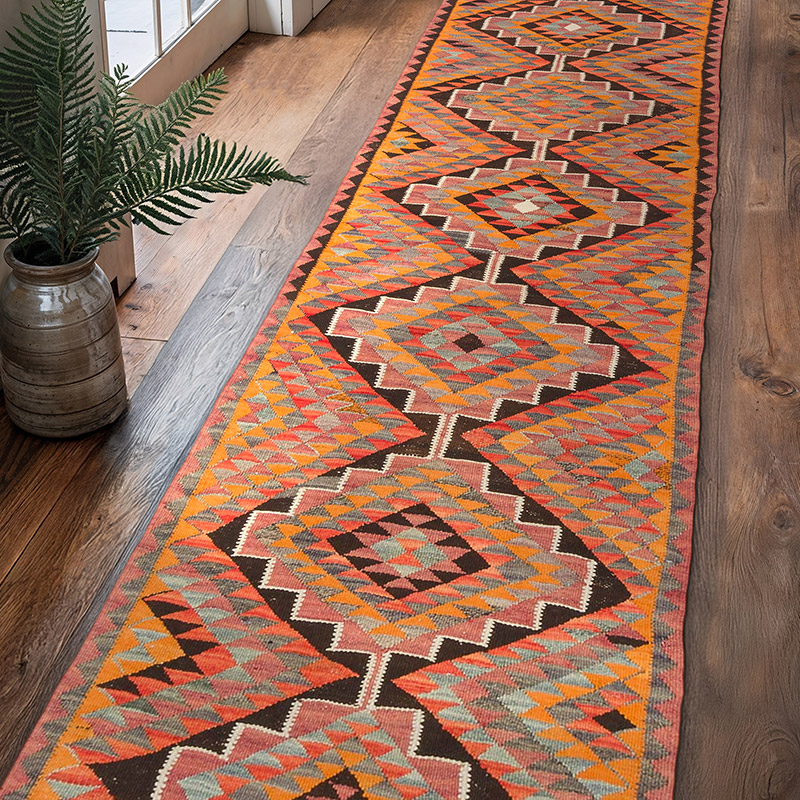









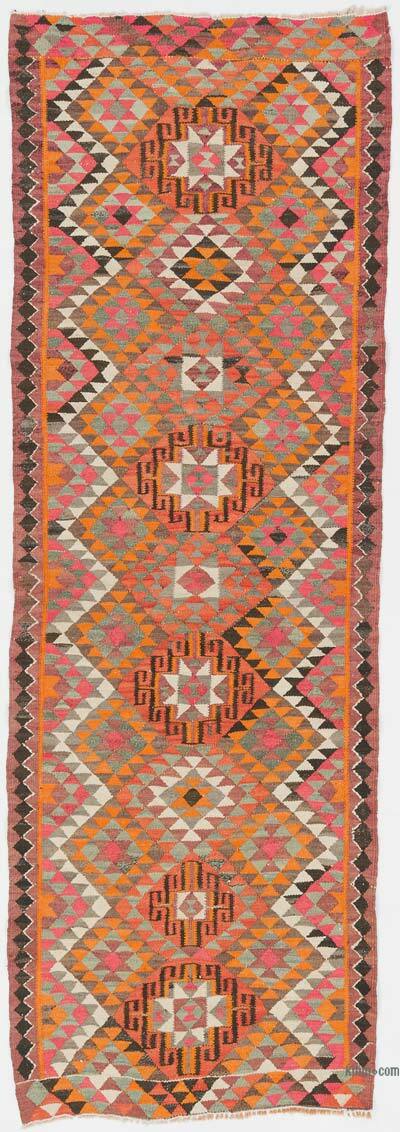

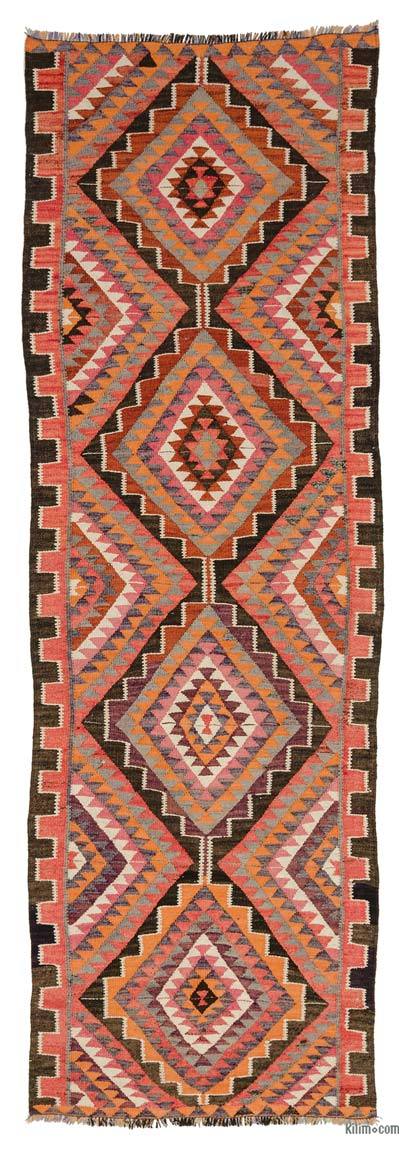




This was my second purchase from Kilim